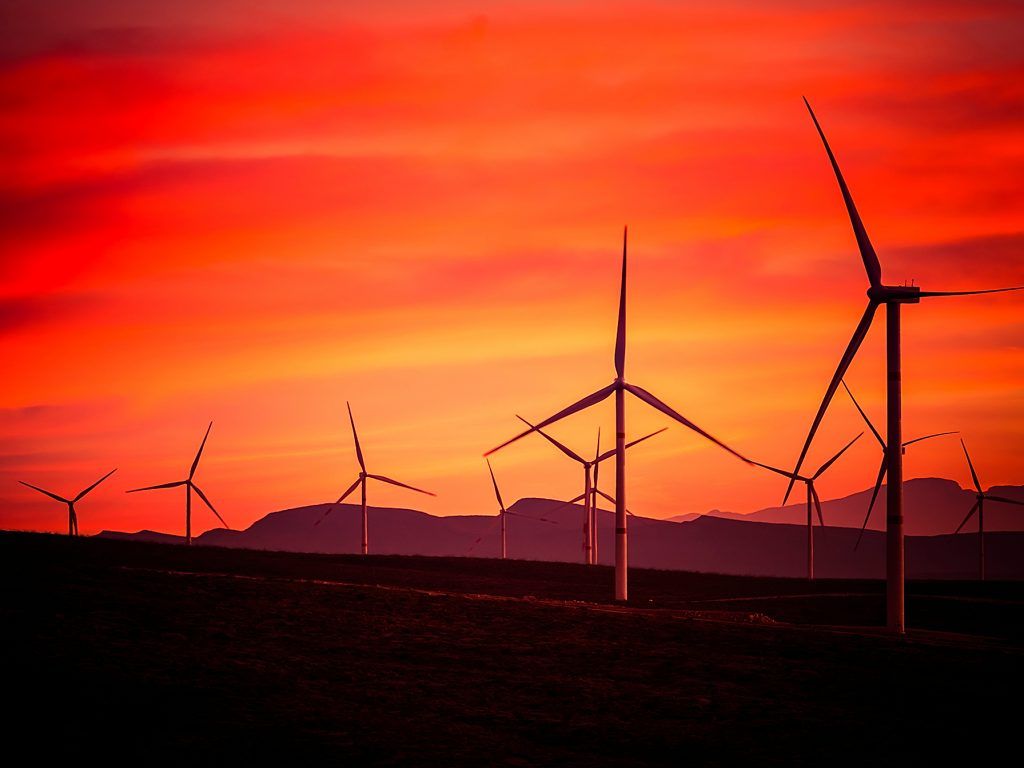Mexico and the United States have advanced their joint plans to use environmental technologies as part of their agreements in the High Level Economic Dialogue (HLED), their governments reported in a joint communiqué.
At the same time, through the HLED, the two countries closely coordinate economic development assistance to address the root causes of irregular migration in northern Central America and help catalyze economic development in rural communities in southern Mexico.
Both governments also collaborate with industry, universities and other stakeholders to enhance workforce development. Mexico and the United States are leading efforts to create a more inclusive and highly skilled workforce equipped for success in the semiconductor, ICT, automotive and other sectors.
At their meeting on Saturday, they reviewed their joint achievements, including those highlighted in the April 2023 mid-term review of the HLED.
Environmental technologies
Among these highlights were steps taken by the U.S. Environmental Protection Agency (EPA) and Mexico’s Secretariat of Environment and Natural Resources (SEMARNAT) to jointly promote the use of innovative environmental technologies, and the first U.S.-Mexico Youth Climate Justice Forum organized by the EPA, SEMARNAT and the North American Development Bank.
In addition, both countries worked to enhance collaboration on trade cybersecurity and facilitate greater trade in medical devices and pharmaceuticals through cooperation on regulatory standards, executed a joint public awareness campaign to support innovation by reducing or eliminating counterfeit (trademark infringing) goods and pirated (copyright infringing) content from supply chains, and hosted a two-day forum on 5G, ICT investment and trade, and next-generation ICT networks.
Trade in goods and services between Mexico and the United States exceeded $864 billion in 2022, an all-time high.
In 2023 (year-to-date through July), Mexico became the United States’ largest partner in total trade in goods.

